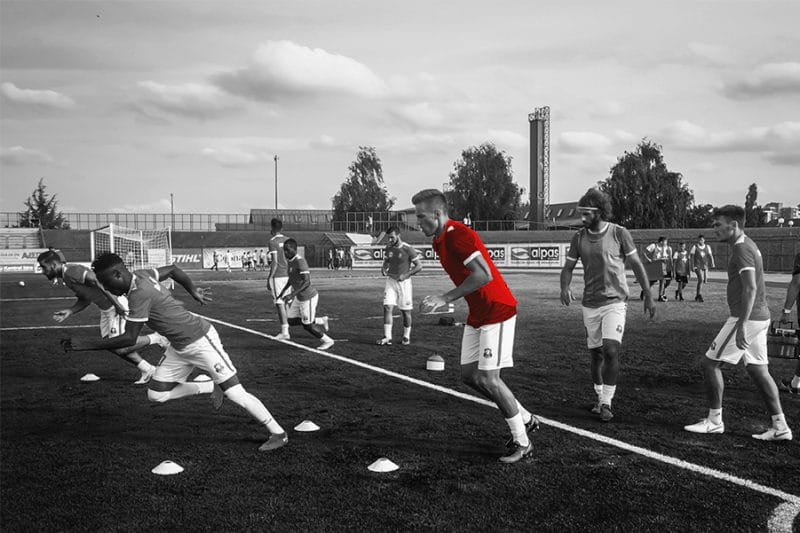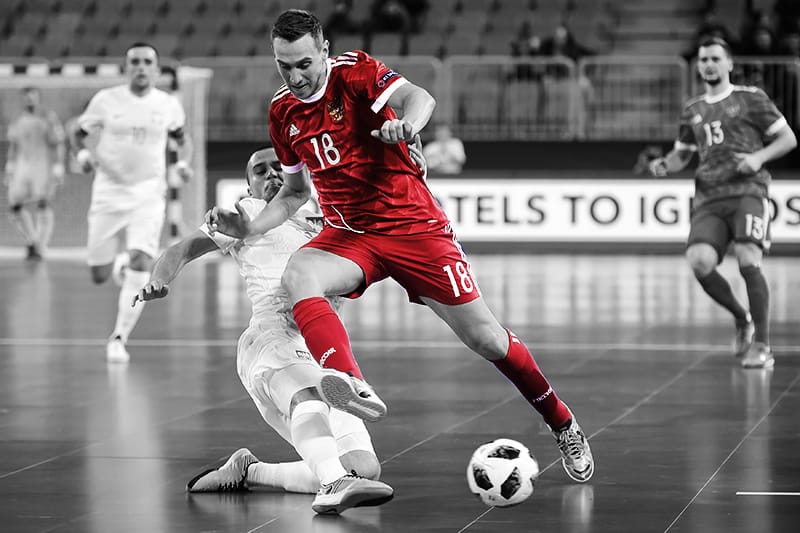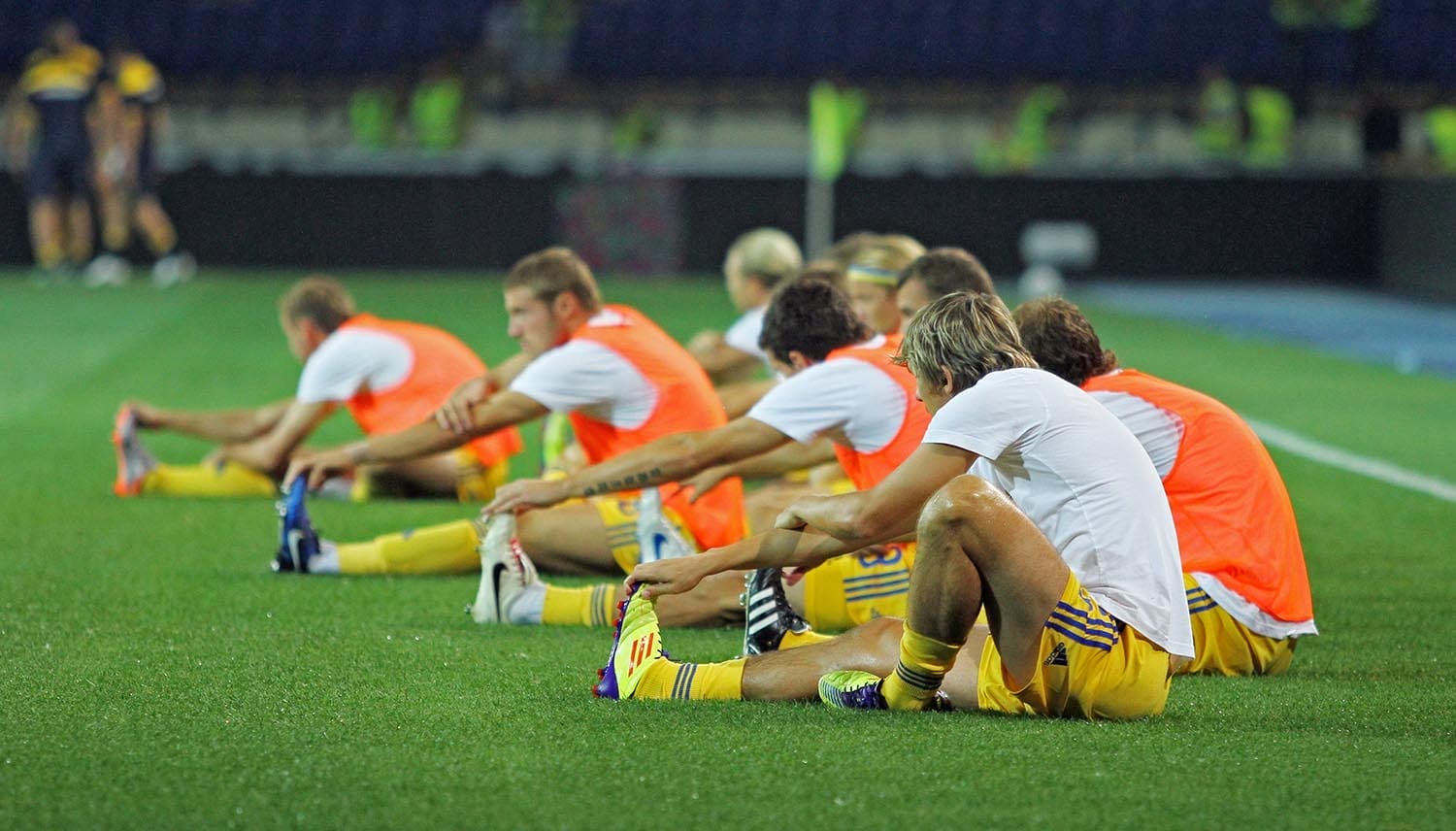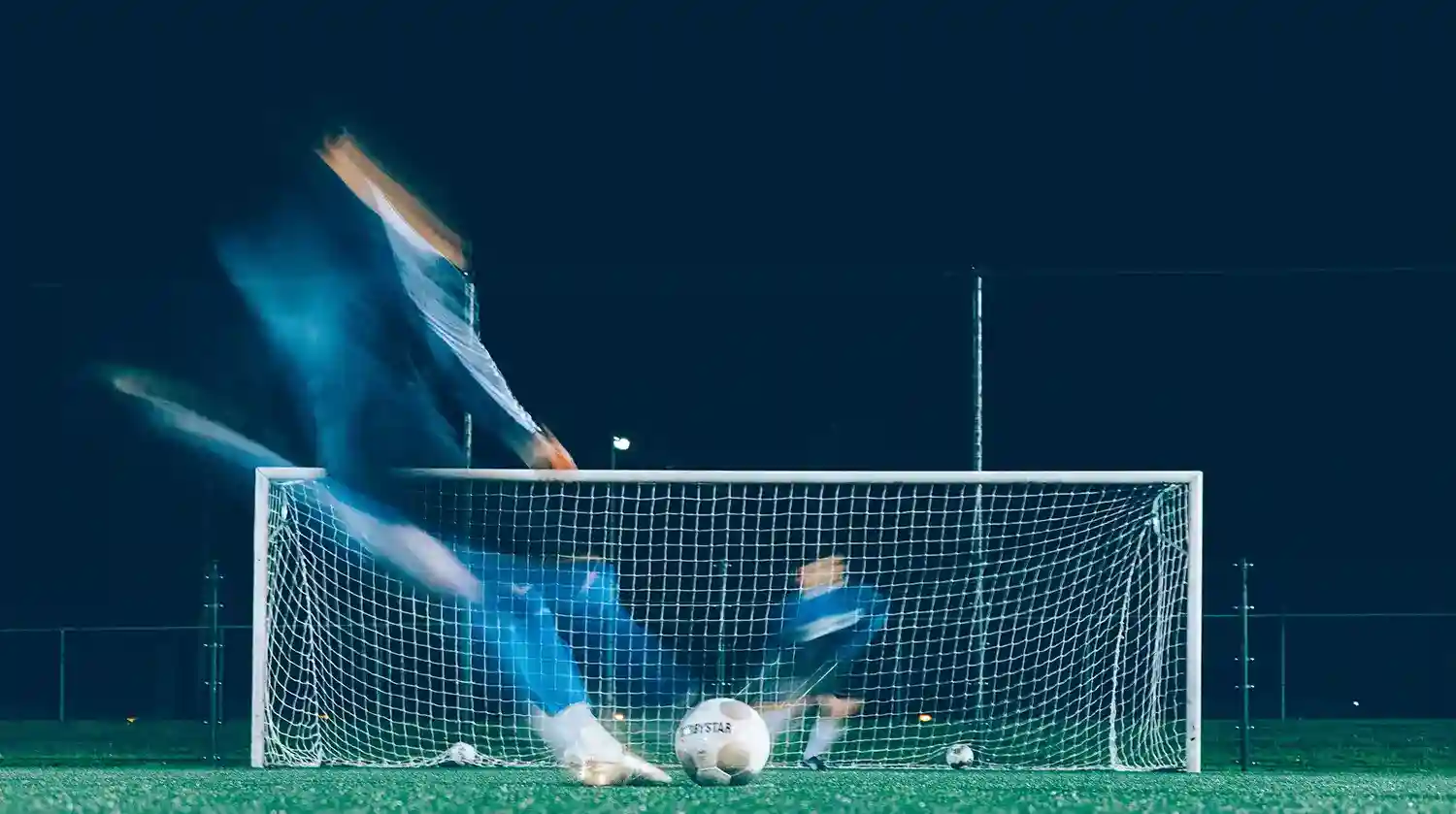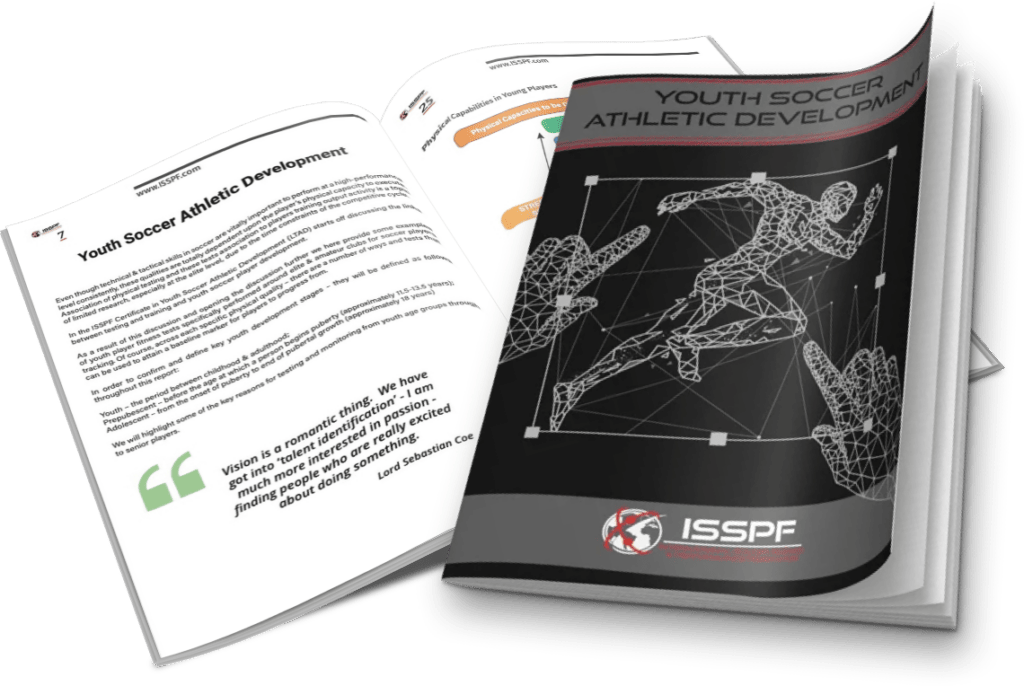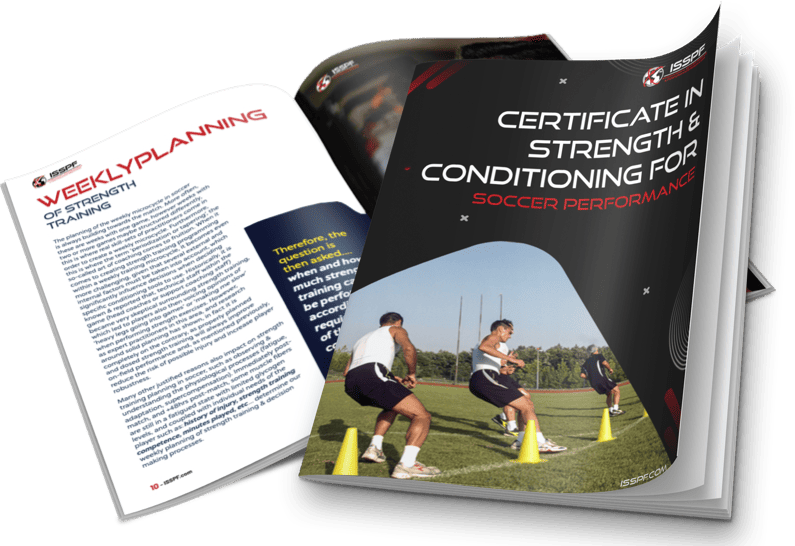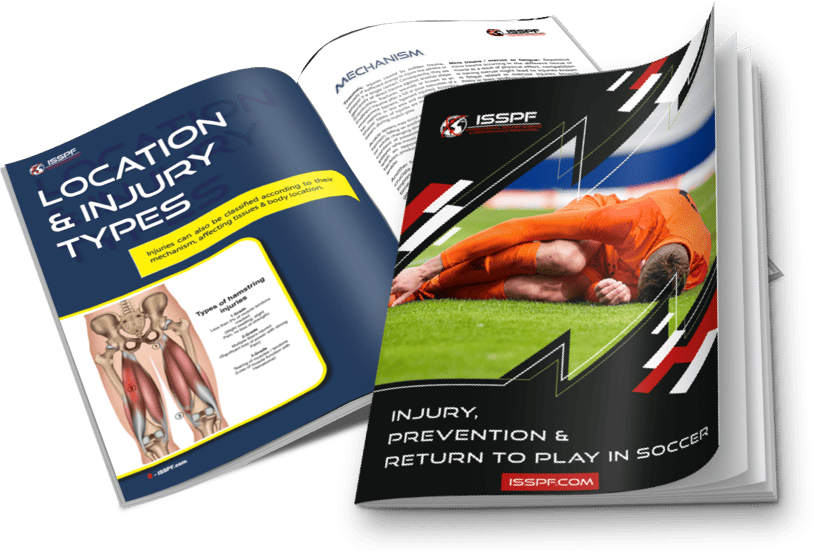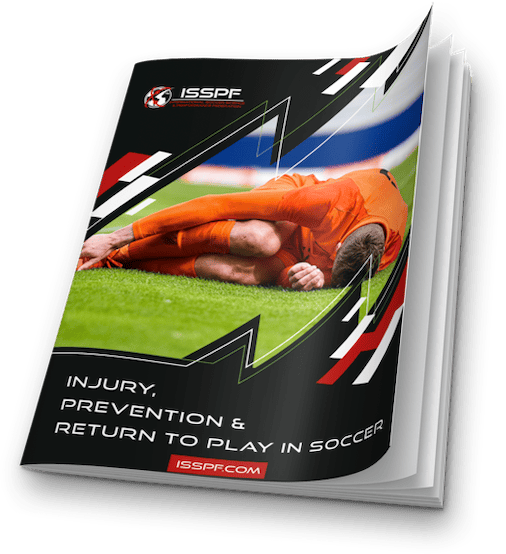In soccer, training load can be classified as:
1. External load, which represents measures derived from position data or inertial measurement units and can be defined as physical demands imposed during training sessions or match scenarios;
2. Internal load, which represents the biological responses of players to a given external load.
Training stimuli (external load in particular) should vary in accordance with the type of week (regular, one match per week versus congested, two or more matches per week), the objectives and periodization strategies of the coach, and the types of exercises and their impact of on the players’ dynamics/actions.
Thus, training stimuli are highly dependent on the use of specific drills and games during training, namely dependent of skill-based drills (e.g., small-sided games and their different formats and task conditions), positional games or full-sized conditioned games.
Moreover, when considering match scenarios, there is considerable inter-week variation in terms of determinant external load measures caused by the own dynamics of the match and its contextual factors.
2 Aims of the Study
1) To describe the training/match ratios of different external load measures during a full professional soccer season while analyzing the variations between different types of weeks (three, four and five training sessions/week) and
2) To investigate the relationship between weekly accumulated training loads and the match demands of the same week.
27 professional soccer players (24.9 ± 3.5 years old) were monitored daily using a 10-Hz global positioning system with a 100-Hz accelerometer.
Total distance (TD), running distance (RD), high-speed running (HSR), sprinting distance (SD), player load (PL), number of high accelerations (ACC), and number of high decelerations (DEC) were recorded during training sessions and matches.
An individual training/match ratio (TMr) was calculated for each external load measure.
Weeks with five training sessions (5dW) presented meaningfully greater TMr than weeks with four (4dW) or three (3dW) training sessions.
Additionally, TDratio (TDr) was significantly greater in 5dW than in 3dW (mean differences dif: 1.23 arbitray units A.U.) and 4dW (dif: 0.80 A.U.).
HSRr was significantly greater in 5dW than in 3dW (dif: 0.90 A.U.) and 4dW (dif: 0.68 A.U.); and SDr was significantly greater in 5dW than in 3dW (dif: 0.77 A.U.) and 4dW (dif: 0.90 A.U.).
Correlations between the weekly training loads and the match demands of the same week were small for PL (r = 0.250 [0.13;0.36]), ACC (r = 0.292 [0.17;0.40]) and DEC (r = 0.236 [0.11;0.35]).
Practical Application
- Results revealed that weeks with five training sessions had statistically greater values for all external load ratios than weeks with three or four sessions.
- Moreover, it was observed that specific variables (e.g., high-speed running distance and sprinting distance) were associated with substantially lower ratios than other variables.
- It might be necessary for coaches to schedule more training sessions to promote differences between weekly accumulated training load and the load imposed in a single match.
- However, since matches are dynamic and unpredictable in some respects, it may be impossible for accumulated weekly loads and their variations to be adjusted according to match loads.
Share this article:
